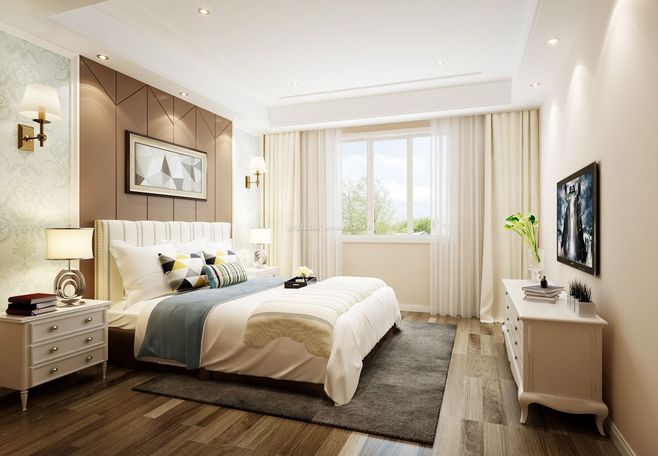The monolithic Sound BlasterAxx SBX 20 can be used as a USB speaker through its integrated Axx sound card or as a Bluetooth audio device for a phone or tablet. It's also chock-full of audio processing to help enhance anything from movies to games.
Although Creative has implemented all kinds of powerful on-chip processing features into the Axx, which do make perceptible improvements to the quality of its sound, the speakers simply aren't that good to start with. High notes are harsh, and there's a lack of detail in the upper mid-range. This makes overdriven guitars and woodwind instruments such as saxophones particularly hard to listen to, while cymbals sound unnaturally bright and splashy. Meanwhile, there's not much bass presence and what there is rapidly becomes inaudible as you move further away from the speaker. Unlike many of Creative's Bluetooth speakers, you can't pair additional speakers to the main device, so there's no option of adding a subwoofer. The SBX 20’s bass boosting audio processing effect doesn't make much of an improvement either.

The speakers sounded less loud when we disabled the SBX 20's default audio processing settings, which include the aforementioned bass boost as well as a Crystalizer, designed to make up for the dynamic range compression used in most modern music production, and virtual surround sound, which doesn't create anything like an impression of surround sound but does serve to add a bit of treble clarity. However, disabling the audio processing allowed us to ramp up the volume to full without as much of the treble harshness that had previously bothered us. A ten-band equaliser lets you tweak the sound to your heart's content, but no matter what we did to it, we still couldn't nail down a setup that really made the most of our music.
There are also default audio configurations for gaming and films. Once again, although they change the sound, it's hard to say that they really improve it. We also found that there was a delay between changing settings or adjusting the speaker's volume and the changes taking effect, whether we used the Windows controller application or the touch controls on the top of the speaker. The gaming-orientated positional audio features give a slight impression of directional audio, but it’s not fantastic for anything that’s behind you or off to the sides. Creative recommends putting the speaker behind your laptop - if you're using one - but we found that we got better audio quality by positioning it to one side.

If you're using the speaker with an Android or iOS tablet or phone, you get the best sound when the speaker is directly in front of you. The idea of applying sound card-quality audio processing to mobile device audio is interesting, but the speaker only uses the A2DP Bluetooth audio codec, which is lossy. You have to listen hard to notice any artefacts, so it's not a major problem, but it would have been nice to have the option of using AptX streaming, which is supported by some mobile phones and tablets and is used by a number of other Creative devices. Android and iOS Apps provide full access to the SBX 20's hardware audio processing features, allowing you to mess around with the audio as you can on a PC.









